- Proper Harvesting Techniques
- Sorting and Grading
- 1. Size:
- 2. Color:
- 3. Ripeness:
- 4. Overall Appearance:
- 5. Packaging:
- 6. Storage and Transportation:
- Packaging for Fresh Market
- 1. Containers
- 2. Size
- 3. Ventilation
- 4. Protection
- 5. Labels and Branding
- 6. Handling and Stacking
- 7. Temperature Control
- 8. Sustainable Packaging
- 9. Quality Control
- Transportation and Storage
- Transportation:
- Storage:
- Additional Tips:
- Quality Control Measures
- 1. Harvesting at the right stage:
- 2. Sorting and grading:
- 3. Proper handling and packaging:
- 4. Temperature control:
- 5. Inspecting for signs of spoilage:
- 6. Record keeping:
- 7. Training and education:
- Post-Harvest Handling for Processing
- 1. Cooling
- 2. Sorting and Grading
- 3. Washing
- 4. Drying
- 5. Packaging
- 6. Storage
- 7. Handling and Transportation
- Extending Shelf Life
- Harvesting at the Right Time
- Gentle Handling
- Proper Temperature
- Moisture Control
- Storage
- Regular Inspections
- Waste Management and Sustainability
- 1. Composting
- 2. Recycling
- 3. Reusing and Repurposing
- 4. Implementing Waste Reduction Strategies
- 5. Educating and Engaging Stakeholders
- Question-answer:
- How should I care for my raspberries after harvesting?
- How often should I water my raspberries after harvesting?
- When is the best time to prune raspberry plants after harvesting?
- Should I fertilize my raspberries after harvesting?
- Why is mulching important for raspberries after harvesting?
- How can I prevent diseases in my raspberry plants after harvesting?
- Can I replant raspberries in the same location after harvesting?
- Video: Propagating Raspberries
Raspberries are delicious and nutritious fruits that require proper post-harvest care to ensure their freshness and quality. Whether you are a commercial grower or a home gardener, following the right practices can help you store and handle raspberries successfully, prolonging their shelf life and preserving their flavor.
One of the key factors in maintaining the quality of raspberries is to handle them with care. Raspberries are delicate and can easily get damaged during harvest and transportation. To minimize damage, it is important to handle them gently and avoid squeezing or crushing them. Additionally, it is crucial to pick raspberries when they are fully ripe, as under-ripe or over-ripe berries have shorter shelf lives.
Proper storage is also essential for keeping raspberries fresh. Raspberries are highly perishable and can quickly spoil if not stored correctly. The ideal temperature for storing raspberries is between 32°F and 35°F (0°C and 2°C), with a relative humidity of 90-95%. It is recommended to store raspberries in the refrigerator and use them within a few days to maintain their quality. Wrapping them in paper towels or placing them in a loosely covered container can help absorb excess moisture and prevent mold growth.
Regular inspection and sorting are crucial to ensure that only high-quality raspberries are stored. Remove any damaged or bruised berries to prevent the spread of decay. It is also important to sort raspberries based on their ripeness level, as overripe berries can release ethylene gas and accelerate the spoilage of other fruits and vegetables stored together with them.
By following these tips and best practices, you can maximize the shelf life and quality of raspberries, allowing you to enjoy their delicious taste and nutritional benefits for longer.
Proper Harvesting Techniques
Harvesting raspberries at the right time and using proper techniques can ensure the best quality and maximum shelf life for your berries. Here are some tips for proper harvesting:
- Timing: Raspberries should be harvested when they are fully ripe but still firm. The fruits should easily detach from the plant with a gentle twist.
- Early morning harvest: It is best to harvest raspberries early in the morning when the temperature is cooler. This helps to reduce heat stress on the berries and maintain their quality.
- Harvesting containers: Use shallow containers or baskets to harvest raspberries. Avoid overfilling the containers to prevent crushing the berries at the bottom.
- Gentle handling: Handle the raspberries with care to avoid bruising or damaging the delicate fruits. Hold the berries gently and place them in the harvesting containers without rough handling.
- Frequent harvests: Raspberries ripen quickly, so it is important to harvest them frequently, ideally every other day during the peak season. This prevents over-ripening and helps to maintain the overall quality of the berries on the plant.
- Sanitation: Maintain good hygiene by regularly cleaning the harvesting containers and using clean gloves when handling the berries. This helps to prevent the spread of diseases and ensures the berries remain clean.
- Storage temperature: After harvesting, store the raspberries immediately in a cool place. The ideal temperature for storage is around 32 to 36 degrees Fahrenheit (0 to 2 degrees Celsius). This helps to prolong the shelf life of the berries.
- Sorting and grading: Sort the harvested raspberries to remove any damaged or overripe berries. Separate the berries based on size and uniformity to improve the overall quality of the harvested fruits.
- Proper packaging: Pack the raspberries in ventilated containers or punnets to allow proper air circulation. Avoid tightly packing the berries to prevent crushing or bruising.
- Cooling: If possible, cool the harvested raspberries rapidly to remove field heat. This can be done by placing the berries in a cooler or using forced-air cooling systems.
By following these proper harvesting techniques, you can maximize the quality, shelf life, and market value of your raspberries. Remember to take care of the delicate fruits and handle them gently to ensure the best results.
Sorting and Grading
Sorting and grading raspberries after harvest is a crucial step in ensuring product quality and marketability. This process involves evaluating the berries based on their size, color, ripeness, and overall appearance. Here are some key points to consider when sorting and grading raspberries:
1. Size:
Raspberries should be sorted into different size categories to meet market demands. Small, medium, and large berries can be separated using specialized sorting equipment. The size of the berries can affect consumer preference and price, so it is important to create uniform batches of raspberries for sale.
2. Color:
The color of raspberries is an important quality factor. Ripe raspberries should have a vibrant and uniform color, whether it’s red, black, gold, or a mix of these. Any berries that are overly pale, green, or showing signs of discoloration should be removed during the sorting process.
3. Ripeness:
Only fully ripe raspberries should be included in the final product. Underripe berries may not have developed their full flavor, while overripe berries can be mushy and prone to spoilage. Sorting and grading can help remove unripe or overripe berries, ensuring that only the best quality fruit is selected for sale.
4. Overall Appearance:
The overall appearance of raspberries is also important for marketability. Any berries that are damaged, bruised, or have mold or pest damage should be sorted out. Additionally, any foreign materials or debris should be removed. Only visually appealing berries should be included in the final product.
5. Packaging:
After sorting and grading, the raspberries should be carefully packaged to maintain their quality and extend their shelf life. Different packaging options include punnets, clamshells, or bulk containers. It is important to choose packaging that protects the berries from physical damage and allows for proper airflow to prevent moisture buildup.
6. Storage and Transportation:
Proper storage and transportation conditions are crucial to prevent deterioration of the raspberries. The berries should be stored at a temperature between 0-2°C to slow down ripening and extend their shelf life. They should also be handled delicately to avoid bruising. In transportation, it is important to minimize temperature fluctuations and provide adequate ventilation.
By following these sorting and grading practices, raspberry growers and processors can ensure that their product meets the highest quality standards and maintains its freshness for longer periods. This can lead to increased consumer satisfaction and market demand for raspberries.
Packaging for Fresh Market
Proper packaging is essential for maintaining the quality and freshness of raspberries for the fresh market. Here are some tips and best practices for packaging raspberries:
1. Containers
Choose containers that are specifically designed for berries to ensure proper ventilation and protection from damage. Common container options include clamshells, plastic punnets, and pint baskets.
2. Size
Select containers that are appropriate for the desired market. Smaller containers, such as half-pint or pint sizes, are often preferred by consumers for their convenience. However, larger containers, such as quart or bulk packaging, may be more suitable for wholesale or commercial markets.
3. Ventilation
Ensure that the containers have sufficient ventilation holes or slots to allow air circulation, preventing moisture buildup and mold growth. Proper ventilation helps to extend the shelf life of raspberries by reducing the likelihood of decay.
4. Protection
Consider packaging options that provide protection and cushioning to minimize damage during transportation. Some containers come with built-in pads or dividers to prevent raspberries from getting crushed or bruised.
5. Labels and Branding
Include clear and legible labels on the packaging to provide important information such as the product name, origin, and date of packing. Consider adding branding elements such as logos or marketing messages to enhance brand recognition and communicate product quality.
6. Handling and Stacking
Ensure that the packaging is sturdy enough to withstand stacking during transportation and storage. Adequate handling instructions, such as “Handle with Care” or “Fragile,” can help prevent mishandling and damage to the raspberries.
7. Temperature Control
Consider using packaging materials that provide insulation and help regulate temperature, such as foam or insulated liners. Keeping raspberries at the optimal temperature during transit and storage helps to maintain their quality and prolong shelf life.
8. Sustainable Packaging
Take sustainability into consideration when choosing packaging options. Look for materials that are recyclable or made from renewable resources. Eco-friendly packaging solutions can help reduce environmental impact and appeal to environmentally conscious consumers.
9. Quality Control
Regularly inspect packaged raspberries for any signs of damage, spoilage, or contamination. Remove any defective or moldy berries before packaging to maintain product quality and appeal.
By following these packaging tips and best practices, you can ensure that your raspberries reach the fresh market in optimal condition, increasing their shelf life and consumer satisfaction.
Transportation and Storage
Proper transportation and storage of raspberries are crucial to maintaining the quality and freshness of the fruit. Here are some tips and best practices:
Transportation:
- Handle raspberries carefully during transportation to avoid bruising and damage to the fruit.
- Use clean, well-ventilated containers or crates to transport raspberries.
- Avoid overcrowding the containers to prevent crushing and excessive pressure on the fruit.
- Keep the temperature inside the transportation vehicle cool, ideally between 32-36°F (0-2°C) to slow down the ripening process and preserve the quality of the raspberries.
- Avoid exposing raspberries to direct sunlight or extreme heat during transportation.
- Consider using refrigerated trucks or insulated containers to maintain the optimal temperature during longer journeys.
Storage:
- Inspect raspberries upon arrival and remove any damaged or overripe berries.
- Store raspberries in a cool location with a temperature of around 32-36°F (0-2°C) to prolong their shelf life.
- Avoid storing raspberries near ethylene-producing fruits such as apples, bananas, and tomatoes, as ethylene can accelerate the ripening process.
- Place raspberries in shallow containers, preferably lined with paper towels, to absorb excess moisture and prevent mold growth.
- Do not wash raspberries before storing as moisture can promote spoilage.
- Check raspberries regularly for any signs of deterioration and remove any spoiled berries to prevent the spread of mold or decay.
Additional Tips:
- When transporting and storing raspberries, it’s crucial to minimize handling and vibration to avoid damage and bruising.
- If using refrigerated storage, ensure that the humidity levels are also controlled to prevent excessive drying of the berries.
- Properly trained personnel should be responsible for handling and transporting raspberries to minimize the risk of mishandling and damage.
- Consider using protective packaging materials such as foam trays or clamshell containers to provide additional cushioning and protection for the raspberries during transportation and storage.
By following these transportation and storage guidelines, you can help maintain the freshness, quality, and shelf life of raspberries, ensuring that they reach consumers in optimal condition.
Quality Control Measures
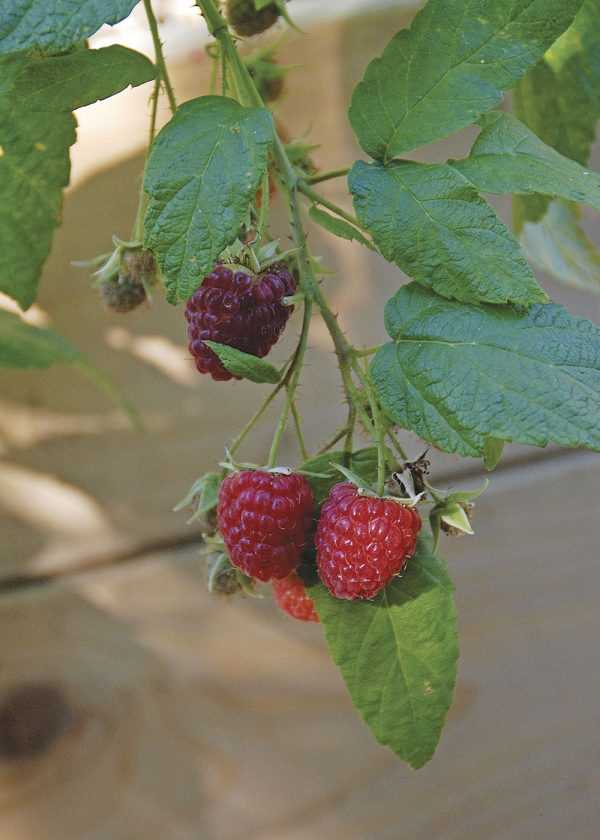
Quality control measures are essential to ensure that raspberries meet the highest standards of freshness and quality. Implementing effective quality control measures can help extend the shelf life of raspberries and reduce waste. Here are some key measures to consider:
1. Harvesting at the right stage:
It is crucial to harvest raspberries at the optimal stage of ripeness to ensure the best flavor, color, and firmness. Raspberries should be picked when they are fully ripe but still firm, avoiding overripe or underripe berries.
2. Sorting and grading:
After harvesting, raspberries should be sorted and graded based on size, color, and overall quality. Remove any damaged or defective berries to prevent the spread of spoilage.
3. Proper handling and packaging:
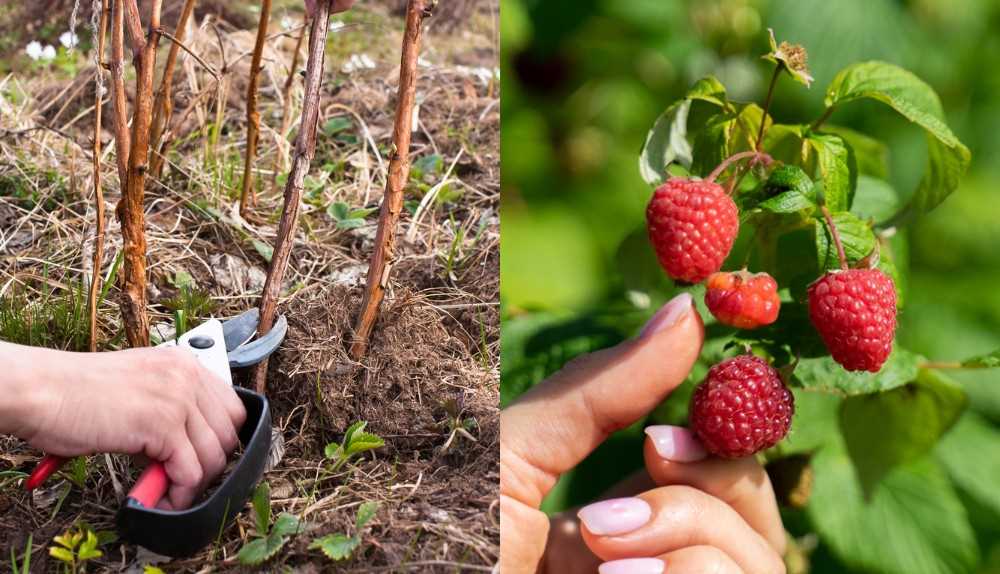
Raspberries are delicate fruits that can easily bruise and become damaged during handling. Care should be taken to handle raspberries gently and avoid excessive pressure. The use of proper packaging, such as breathable containers or clamshells, can also help protect raspberries during transportation and storage.
4. Temperature control:
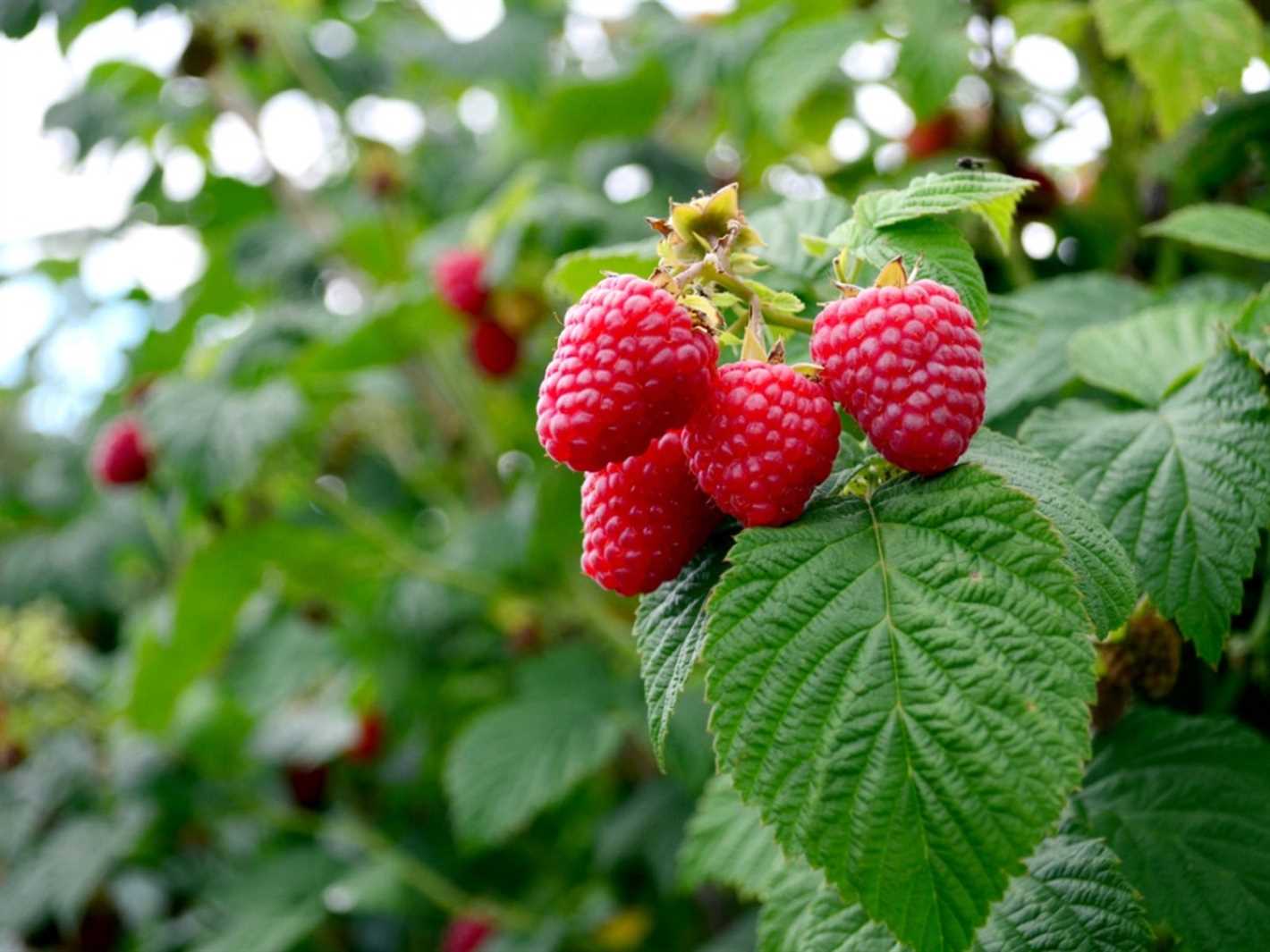
Raspberries are highly perishable and sensitive to temperature fluctuations. Proper temperature control is crucial to maintain their freshness and extend their shelf life. Raspberries should be stored and transported at temperatures between 32°F (0°C) and 34°F (1°C) to minimize decay and microbial growth.
5. Inspecting for signs of spoilage:
Raspberries should be regularly inspected for any signs of spoilage, such as mold, decay, or off odors. Any contaminated berries should be removed promptly to prevent further spoilage.
6. Record keeping:
Keeping detailed records of quality control measures, including harvesting dates, storage temperatures, and inspection results, can help identify patterns and improve future practices.
7. Training and education:
Proper training and education are essential for all workers involved in the post-harvest care of raspberries. By educating workers about quality control measures and providing ongoing training, you can ensure consistency and adherence to the highest quality standards.
Implementing these quality control measures can help maximize the quality and shelf life of raspberries, ensuring that consumers receive fresh and delicious berries.
Post-Harvest Handling for Processing
After the raspberry harvest, proper post-harvest handling is crucial to ensure that the berries maintain their quality for processing. This involves a series of steps to minimize damage, prevent spoilage, and extend the shelf life of the raspberries before they are processed into various products.
1. Cooling
Immediately after harvest, the raspberries should be cooled to remove field heat and slow down the ripening process. Rapid cooling helps maintain the quality and extends the shelf life of the berries. The recommended temperature for cooling raspberries is between 32°F (0°C) and 34°F (1°C). Cooling can be achieved using forced-air cooling or hydrocooling methods.
2. Sorting and Grading

Sorting and grading raspberries is an essential step to remove damaged, overripe, or underripe berries. This can be done manually or using automated sorting equipment. Proper sorting ensures that only high-quality berries are used for processing, leading to better final products.
3. Washing
Washing the raspberries helps remove any dirt, debris, or residual field contaminants. It is important to use clean water and gentle washing techniques to avoid damaging the berries. The wash water temperature should be maintained between 50°F (10°C) and 55°F (13°C).
4. Drying
After washing, it is crucial to remove excess moisture from the raspberries. Excessive moisture can promote the growth of mold and bacteria, leading to spoilage. Air-drying or using commercial dryers can be effective in removing moisture while preserving the quality of the berries.
5. Packaging
The packaging of processed raspberries plays a significant role in maintaining their quality and extending their shelf life. The use of breathable packaging materials, such as punnets or clamshells, allows air circulation, preventing the accumulation of moisture and the growth of mold. Proper labeling should be included on the packaging to provide essential information to consumers.
6. Storage
Proper storage conditions are crucial for maintaining the quality of processed raspberries. The berries should be stored at temperatures between 32°F (0°C) and 34°F (1°C) to prevent spoilage and extend their shelf life. It is important to monitor the storage environment regularly to ensure that the optimal temperature and humidity levels are maintained.
7. Handling and Transportation
During handling and transportation, it is essential to prevent damage to the processed raspberries. Care should be taken to avoid excessive pressure or rough handling, as this can result in bruising and spoilage. Proper packaging and temperature control should be maintained to ensure the berries remain fresh during transit.
By following these post-harvest handling practices, raspberry growers and processors can ensure that the raspberries maintain their quality, taste, and nutritional value, leading to superior processed products.
Extending Shelf Life
Proper post-harvest care is essential for extending the shelf life of raspberries. By following a few best practices, you can ensure that your raspberries stay fresh and flavorful for as long as possible.
Harvesting at the Right Time
Harvest your raspberries at the peak of ripeness to maximize their shelf life. Raspberries should be fully colored and firm, but not overripe or soft to the touch.
Gentle Handling
Handle raspberries with care to avoid bruising or damaging the delicate fruits. Use shallow containers to prevent excessive stacking and crushing of the berries.
Proper Temperature
Keep raspberries at a cool temperature to slow down the ripening process and prolong their shelf life. The optimal temperature range for raspberries is between 32°F (0°C) and 34°F (1°C). Avoid exposure to direct sunlight or high temperatures, as this can accelerate spoilage.
Moisture Control
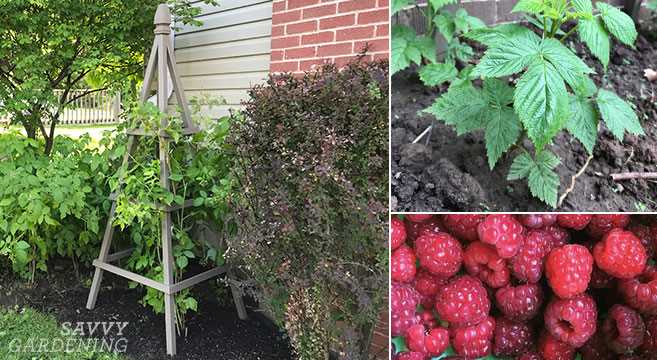
Raspberries are highly perishable and can easily develop mold or decay if they become too wet. Therefore, it is important to keep the berries dry. Avoid washing raspberries until right before consumption and use containers that allow for proper airflow to prevent excess moisture buildup.
Storage
- Place raspberries in a single layer or use shallow containers to avoid crushing the berries.
- Avoid storing raspberries with strong-smelling foods, as they can absorb odors easily.
- Store raspberries in the refrigerator, ideally in the crisper drawer where humidity can be adjusted to maintain freshness.
Regular Inspections
Regularly inspect your raspberries for any signs of spoilage or mold. Remove any berries that show signs of decay to prevent the spread of spoilage to other berries.
By following these tips and best practices, you can extend the shelf life of your raspberries and enjoy their fresh taste for a longer period of time.
Waste Management and Sustainability
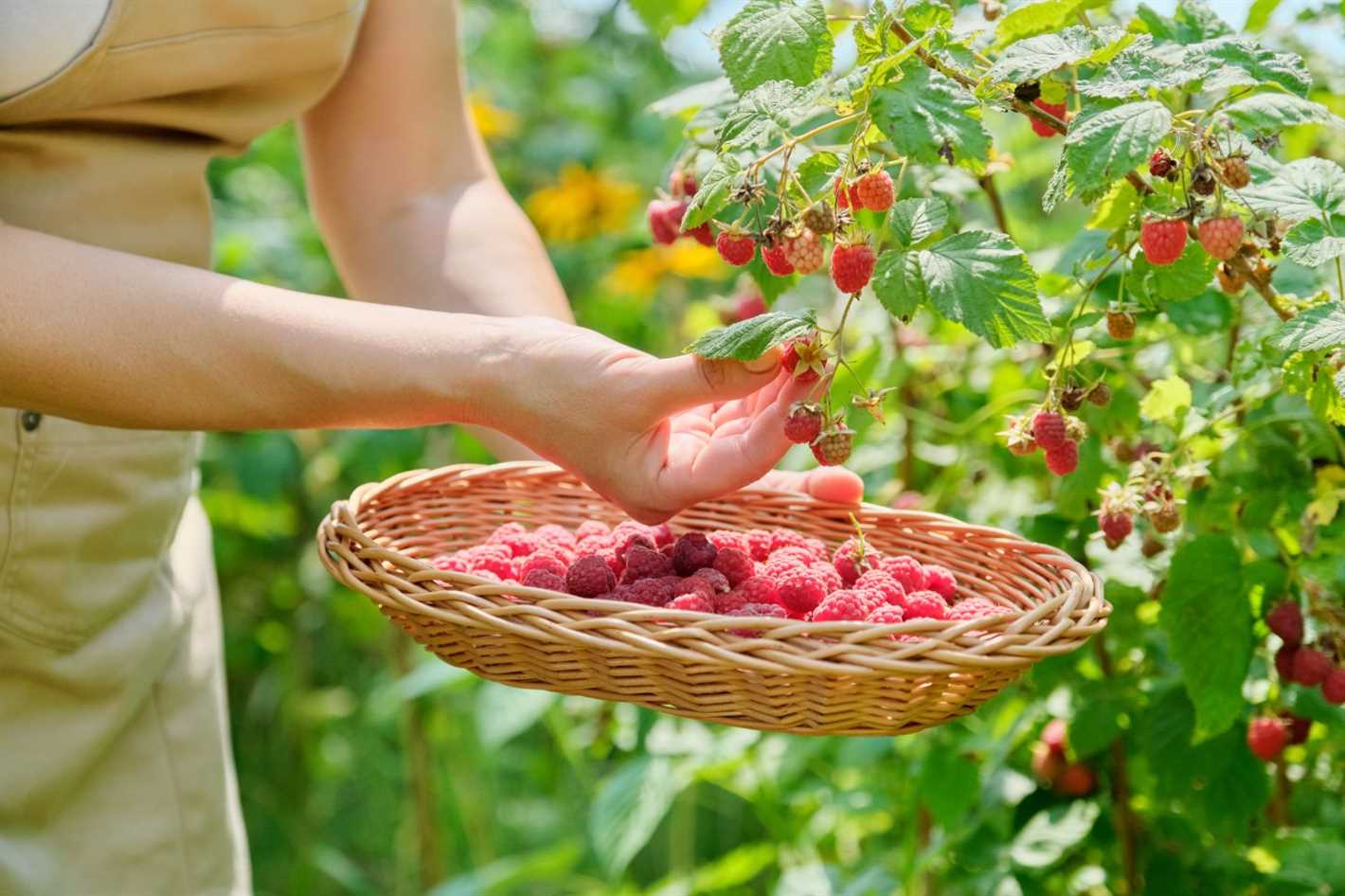
Raspberry production generates a significant amount of waste, including crop residues, packaging materials, and post-harvest waste. Proper waste management practices are essential to minimize environmental impact and promote sustainability in the raspberry industry.
1. Composting
One effective method of waste management is composting. Crop residues and post-harvest waste, such as discarded or spoiled berries, can be composted to create organic fertilizer. This not only reduces waste but also provides a valuable resource for enhancing soil fertility and promoting sustainable agricultural practices.
2. Recycling
Packaging materials used in raspberry production, such as plastic containers and cardboard boxes, should be recycled whenever possible. Implementing a recycling program on the farm can help reduce waste sent to landfills and conserve resources.
3. Reusing and Repurposing
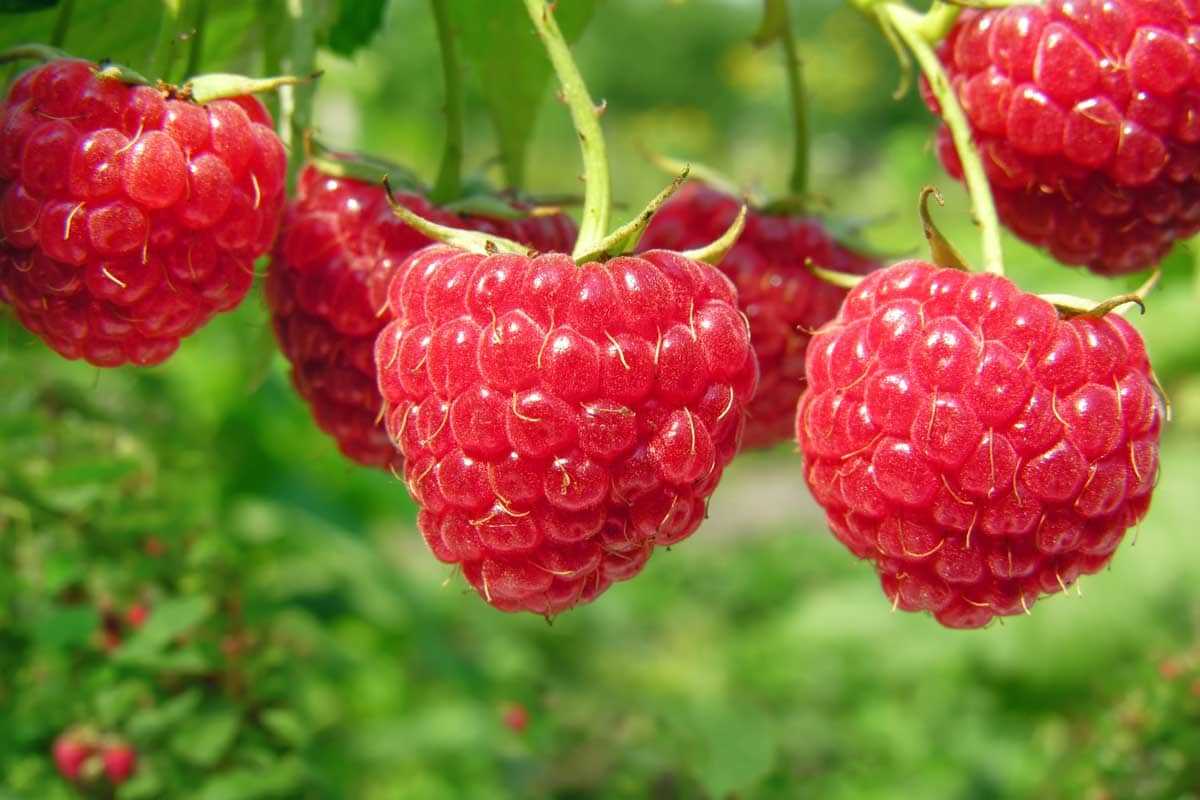
Where feasible, explore options for reusing or repurposing materials instead of discarding them. For example, plastic containers used for packaging can be washed and reused, reducing the need for new containers. Additionally, consider creative ways to repurpose waste materials, such as using discarded berry containers for storage or organizing tools.
4. Implementing Waste Reduction Strategies
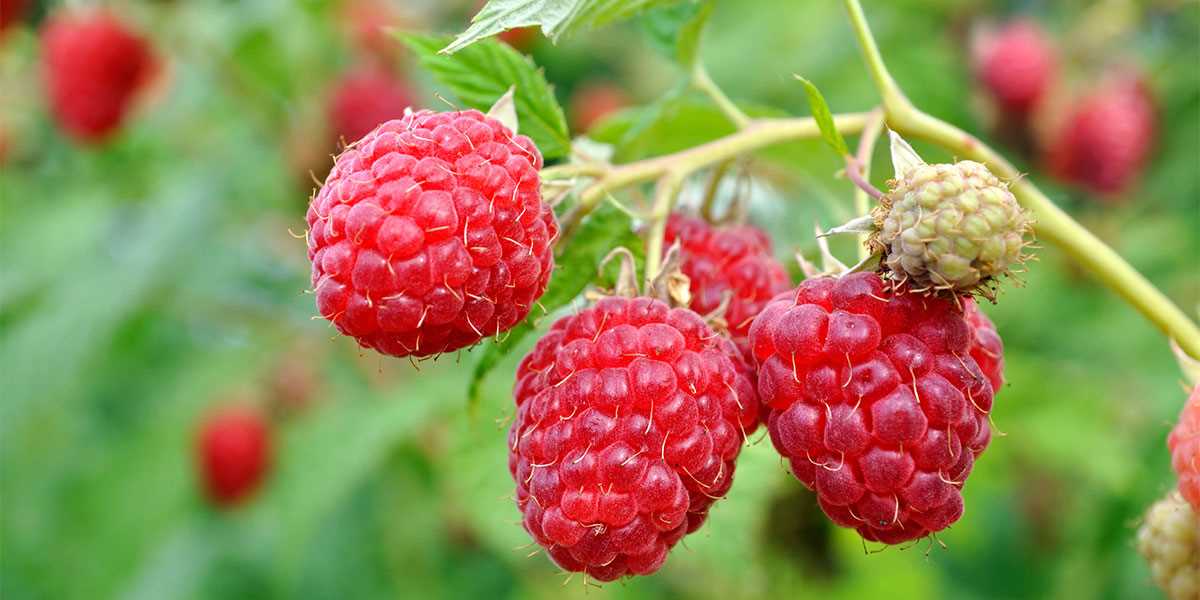
Proactively identifying and addressing areas of waste generation can help minimize waste. This includes reducing excessive use of packaging materials, optimizing harvesting techniques to minimize crop damage, and implementing efficient post-harvest handling and storage practices to reduce spoilage and waste.
5. Educating and Engaging Stakeholders
Engaging and educating all stakeholders, including farmers, workers, and consumers, is crucial for promoting sustainability in waste management practices. Providing training on proper waste disposal and recycling, as well as raising awareness about the importance of sustainable practices, can encourage everyone involved to take active roles in waste reduction and management.
| Benefits of Effective Waste Management |
|---|
|
Question-answer:
How should I care for my raspberries after harvesting?
After harvesting raspberries, it is important to properly care for the plants to ensure their health and future fruit production. The first step is to remove any diseased or damaged canes to prevent the spread of diseases. Then, prune the remaining canes by cutting them back to about 8-12 inches in height. This will help stimulate new growth for the next season. Mulch around the plants to retain moisture and suppress weeds. Finally, water the plants regularly and provide necessary nutrients to promote healthy growth.
How often should I water my raspberries after harvesting?
After harvesting raspberries, it is important to continue watering the plants regularly to ensure their health and productivity. Raspberries require about 1-2 inches of water per week, either from rainfall or irrigation. It is best to water deeply and infrequently rather than shallowly and frequently. Keep the soil consistently moist but not waterlogged to prevent root rot or other diseases. Adjust the watering schedule according to the weather conditions and soil moisture levels.
When is the best time to prune raspberry plants after harvesting?
The best time to prune raspberry plants after harvesting is in late winter or early spring, before new growth begins. This allows the plants to recover from the previous season and stimulates new growth for the coming year. Prune out any dead, damaged, or diseased canes, as well as any weak or overcrowded canes. Cut the remaining canes back to about 8-12 inches in height, leaving behind the strongest and healthiest canes. This will promote better air circulation and easier harvesting in the next season.
Should I fertilize my raspberries after harvesting?
Yes, it is a good idea to fertilize raspberries after harvesting to provide them with necessary nutrients for healthy growth. Use a balanced, slow-release fertilizer or compost to provide a steady supply of nutrients over time. Apply the fertilizer according to the manufacturer’s instructions or spread a layer of compost around the base of the plants. Water the plants after fertilizing to help the nutrients penetrate the soil. Avoid over-fertilizing, as it can lead to excessive vegetative growth at the expense of fruit production.
Why is mulching important for raspberries after harvesting?
Mulching is important for raspberries after harvesting for several reasons. Firstly, mulch helps retain moisture in the soil, reducing the need for frequent watering. Raspberries require consistent moisture for optimal growth and fruit production. Secondly, mulch helps suppress weeds, which can compete with raspberries for nutrients and water. This saves time and effort in weed control. Additionally, mulch acts as an insulating layer, protecting the roots of the plants from extreme temperatures during winter. Overall, mulching provides a favorable growing environment for raspberries and promotes their health and productivity.
How can I prevent diseases in my raspberry plants after harvesting?
Preventing diseases in raspberry plants after harvesting is crucial for their long-term health and productivity. One key step is to remove any diseased canes or plant debris from the area and destroy them to prevent the spread of diseases. Proper pruning techniques, such as cutting back canes to promote better air circulation, can also help reduce disease incidence. Additionally, applying a preventative fungicide spray according to the manufacturer’s instructions can help control or prevent common fungal diseases. Regularly monitoring the plants for any signs of disease and taking prompt action can also help prevent disease spread.
Can I replant raspberries in the same location after harvesting?
It is generally not recommended to replant raspberries in the same location after harvesting. Raspberries are susceptible to various diseases, including soil-borne diseases, which can build up in the soil over time. Replanting raspberries in the same location increases the risk of disease transmission and can significantly reduce plant health and productivity. It is best to rotate raspberries to a new location every few years to minimize disease pressure and maintain plant vitality. If replanting in the same location is necessary, be sure to thoroughly amend the soil and take appropriate measures to prevent disease spread.







